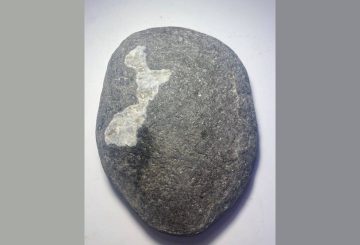남섬에서는 식당에서 남은 음식을 고객에게 제공하는 전화 앱이 확대되고 있습니다.
Foodprint는 2019년에 출시되었으며 현재 모바일 앱을 통해 전국에 350개의 식당을 운영하고 있습니다. 이 곳에서 사람들은 다른 방법으로는 낭비될 음식을 구입할 수 있습니다.
설립자이자 이사인 마이클 가비 (Michal Garvey) 는 Foodprint가 카페, 레스토랑 및 기타 호스피탈리티 비즈니스에 잉여되거나 불완전한 음식을 할인된 가격에 판매하여 낭비되는 것을 방지할 수 있는 플랫폼을 제공했다고 말했습니다.
Garvey는 숙박 및 식품 소매업체가 전통적인 식품 구조 서비스에서 제외되는 경우가 많다는 사실을 깨닫고 모바일 앱을 시작했습니다.
데이터에 따르면 뉴질랜드에서는 매년 약 5만 톤의 음식이 호스피탈리티 및 소매 부문에서 낭비되고 있으며, 이 중 절반 이상이 여전히 식용입니다.
오타고 대학교 (University of Otago) 와 러브 푸드 헤이트 웨이스트 (Love Food Hate Waste) 의 연구에 따르면 대부분의 호스피탈리티 업체에서 낭비되는 음식의 60% 이상이 실제로 먹을 수 있는 것으로 나타났습니다.
Garvey는 이 앱을 사용한 식당들의 피드백을 통해 음식물 쓰레기를 줄이고 다른 방법으로는 버려진 품목에 대한 금전적 가치를 유지하는 데 도움이 되었다고 말했습니다.
Foodprint는 넬슨 시의회로부터 1만 달러의 폐기물 최소화 보조금을 받아 이 지역에서 사업을 시작했습니다.3월 21일에 생방송될 예정입니다.
넬슨과 태즈먼 전역에 이미 약 20개의 식당이 등록되어 있습니다.
크레딧: radionz.co.nz

















































(1)-360x245.jpg)










